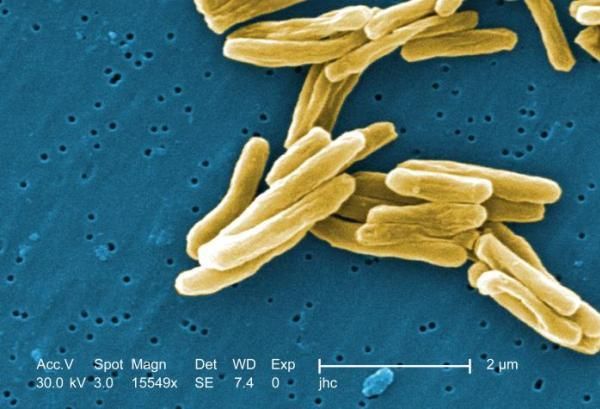Revolutionary New Antibiotic Kills Drug-Resistant Germs

Scientists have discovered a new class of antibiotics that can kill a wide range of dangerous, drug-resistant bacteria.
Moreover, in lab experiments, bacteria didn't develop resistance to the new drug, called teixobactin, and in fact may need several decades to do so because of the drug’s special mode of action, the researchers said.
"Teixobactin is a promising therapeutic candidate; it is effective against drug-resistant pathogens in a number of animal models of infection," the researchers wrote in their report.
The problem of drug-resistant bacteria is a serious public health threat, and finding new antibiotics to tackle resistant bacteria is a difficult job. Existing methods for isolating promising compounds from bacterial cultures often turn up only the types of antibiotics already in use, according to the study. [6 Superbugs to Watch Out For]
In the new study, however, the researchers developed fresh methods to find antibiotics. They studied 10,000 strains of bacteria that live in the soil, and grew them in their natural habitat. The researchers then isolated compounds made by the bacteria and tested them against disease-causing bacteria.
The new antibiotic, named teixobactin, was one of those compounds. In experiments in mice, the researchers showed teixobactin was effective in treating animals infected with bacteria such as Mycobacterium tuberculous (which causes tuberculosis) and Staphylococcus aureus (which can infect people's skin and other tissues). Some strains of these bacteria are already resistant to one or more of antibiotics, making infections extremely difficult to treat in people.
"Although still in the early stages of research, the discovery of a potential new class of antibiotics is good news: the development of new antibiotics has stalled in recent decades, while resistance to existing drugs becomes an ever more serious threat to human health," said Dr. Richard Seabrook of the Wellcome Trust in the United Kingdom, who was not involved in the new research.
Sign up for the Live Science daily newsletter now
Get the world’s most fascinating discoveries delivered straight to your inbox.
Teixobactin kills bacteria by binding to fat molecules on their cell wall, causing the wall to break down, according to the study. Most other antibiotics target proteins in bacteria, and the bacteria become resistant when the genes that code for those proteins mutate. But targeting fat molecules may make it a lot harder for the bacteria to develop resistance, the researchers said.
Another antibiotic, vancomycin, uses a mechanism similar to the new antibiotic and it took 30 years for resistance to vancomycin to emerge, the researchers noted.
The research, published today (Jan. 7) in the journal Nature, is still in the early stages, and it's not yet clear yet whether the antibiotic is effective in treating infections in people.
"It is likely that additional natural compounds, with similarly low susceptibility to resistance, are present in nature and are waiting to be discovered," the researchers wrote.
Email Bahar Gholipour. Follow Live Science @livescience, Facebook & Google+. Originally published on Live Science.

Most Popular

